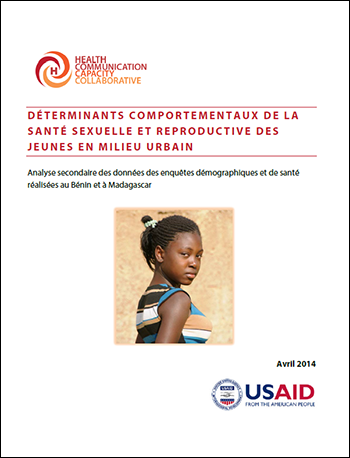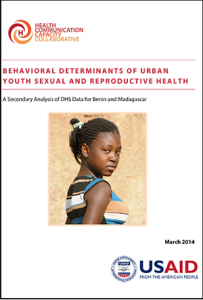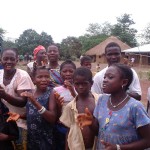HC3 Celebrates International Youth Day, Every Day
August 12 was named International Youth day in 1999 by the UN General Assembly. The day allows us all to pause, contemplate and celebrate the potential of youth around the world. It begs us to think about the power of youth to be agents of change for an improved global society moving forward, and balance this with the series of challenges youth face across nations today.
What We’ve Done
Youth have been a priority for HC3 since the project’s outset. In the Family Planning portfolio, we have focused tirelessly on youth sexual and reproductive health (SRH). In partnership with MSH, CCP conducted in-person evidence exchanges and virtual discussions (in French and English) on “what works” in SBCC SRH programming for youth. We have conducted an in-depth literature review and secondary analyses to better understand the context of urban and rural youth living in low- and middle-income countries, and what interventions are needed to better meet urban youth’s SRH needs. We have even created groups dedicated to youth issues on our knowledge exchange platform Springboard.
What We’ve Learned
Throughout these activities, HC3 has documented findings to fuel forthcoming resources. We know that:
- Youth are a diverse and expanding population with myriad unmet SRH needs, and diverse audience segmentation is key to SBCC youth SRH programs
- Various factors impact youth’s SRH knowledge and behaviors, including living in urban vs rural environments, gender, socio-economic status, family structure and social ties, school enrollment or level of completed education, media exposure and use and having or not yet having had a child
- Creating an enabling environment for youth to safely discuss, explore and take control over their own SRH is vitally important
- Addressing SRH issues through a broader framework of youth’s needs can be a successful approach to affecting behavior change and safeguarding youth’s sexual and reproductive well-being
- “Surround sound” and multi-channel SBCC programs are more successful in reaching urban youth than those that emphasize just one or two channels
- Establishment of strong role models, adaptation to contextual factors and involving youth in SRH program development as well as implementation can be crucial
Where We’re Going
HC3 is using this knowledge to fuel forthcoming tools. This summer, HC3 partners CCP and PSI are funneling these and other lessons learned into an Urban Youth SRH SBCC Implementation Kit, which will be field-tested in Benin and Madagascar Fall 2014. The Kit will be made available in English and French, in hard-copy and online. To enhance SRH care and counseling for all youth, these same HC3 partners are developing a similar Kit to promote the inclusion of long acting reversible contraceptives (LARCs) into youth SRH service provision worldwide. The Kit will include resources for facility-based providers, and separate resources to generate demand for LARCs among younger audiences. Stay tuned to our website and social media feeds for activity announcements on this and other forthcoming HC3 youth work, and help HC3 celebrate International Youth Day every day.









Leave a Reply
Want to join the discussion?Feel free to contribute!